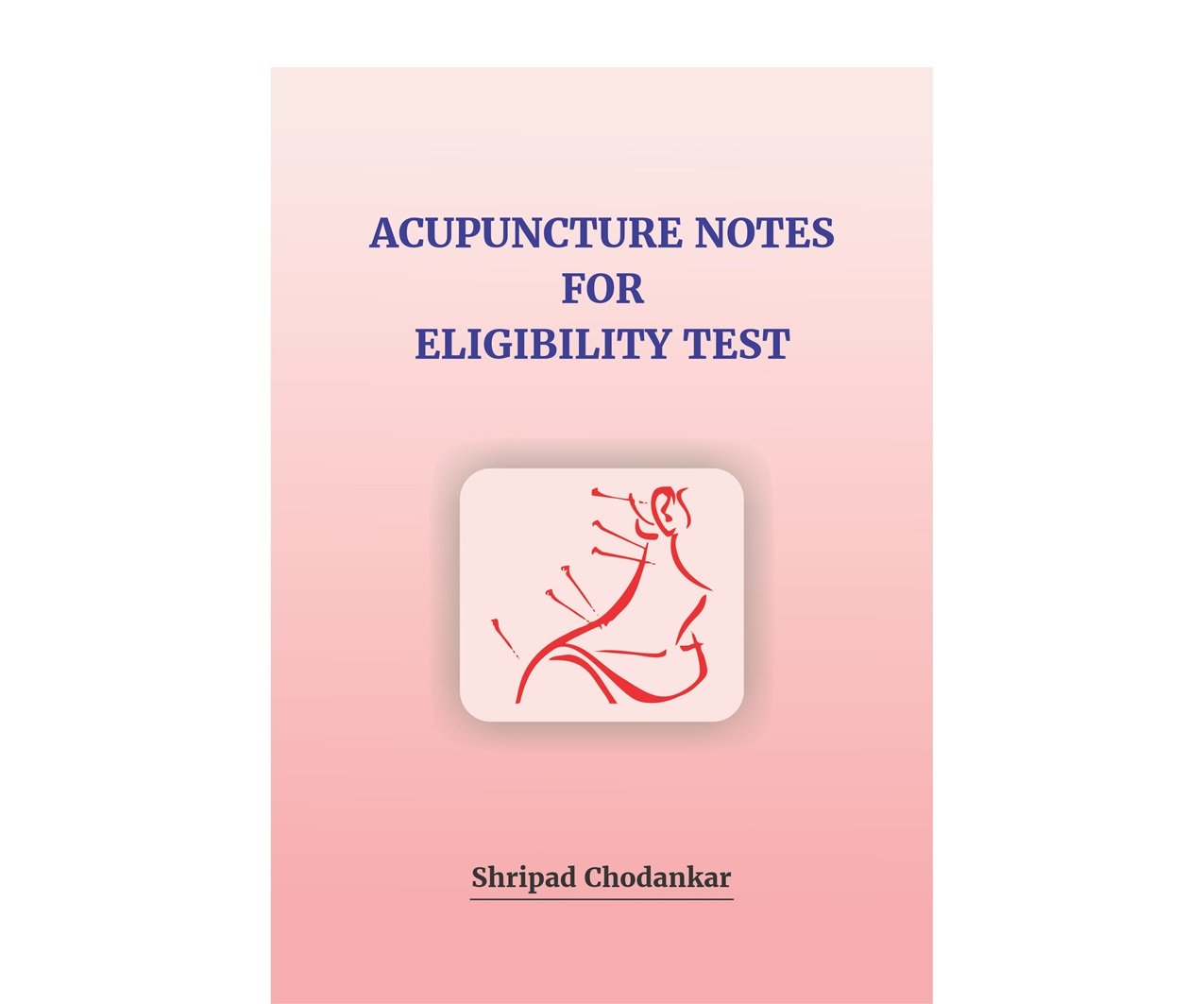Scalp Acupuncture
Shripad Chodankar
INR 600
Chinese Classical SCALP Acupuncture theory is explained in this book and treatment protocols for different neurological problems are discussed with the help of diagrams.
SCALP Acupuncture works well for neurological disorders and this technique is easy to learn for Classical acupuncturists with the help of this book.
Categories
-
Informative (2)
-
Life Style (1)
-
Acupuncture (4)
-
Auriculotherapy (3)
-
Massage (3)
Advance Acupuncture
(7)
Related Publications
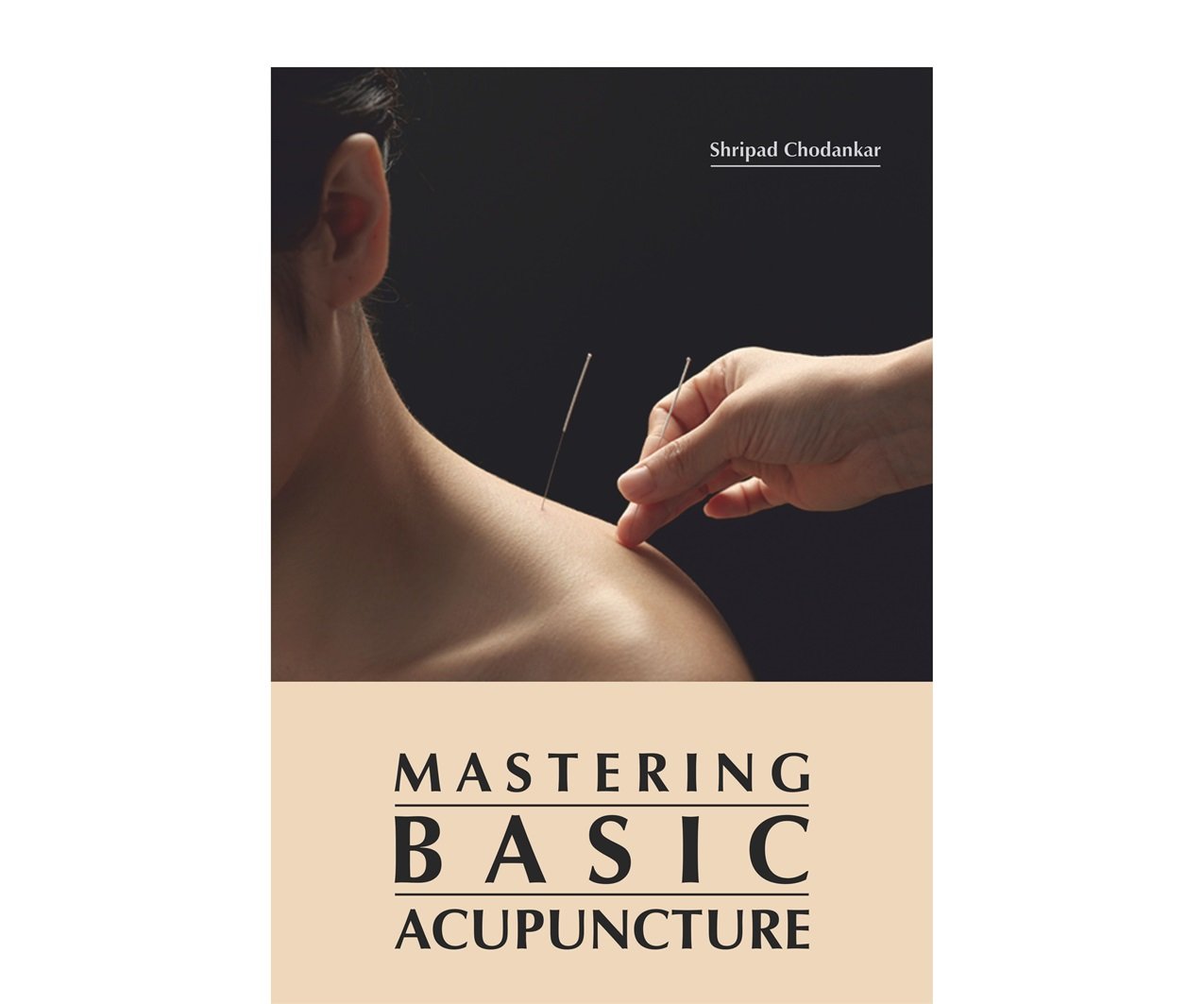
Best Seller
Mastering Basic Acupuncture

Mastering
Acupoints

Best Seller
Five Element
Theory
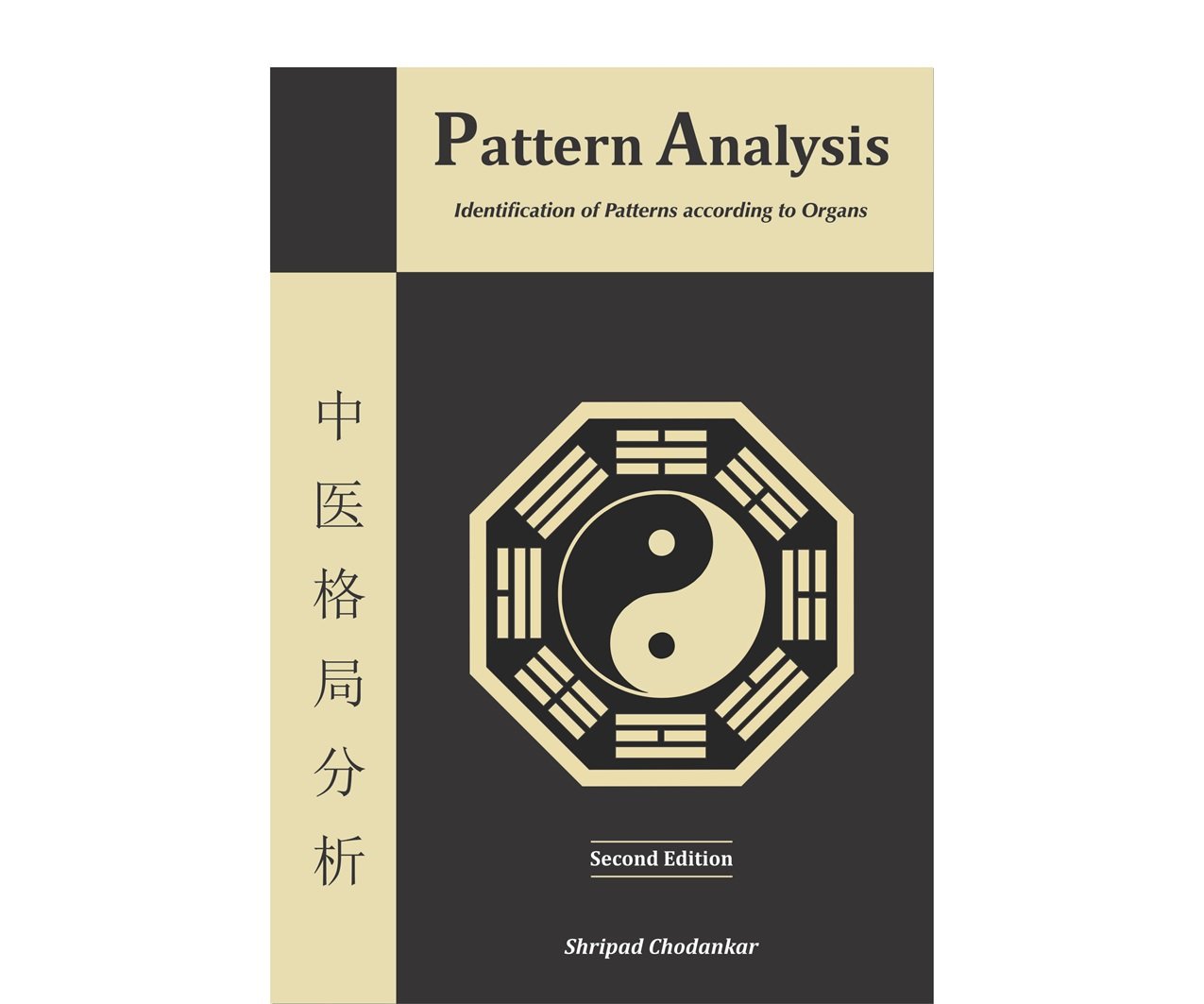
Best Seller
Pattern
Analysis
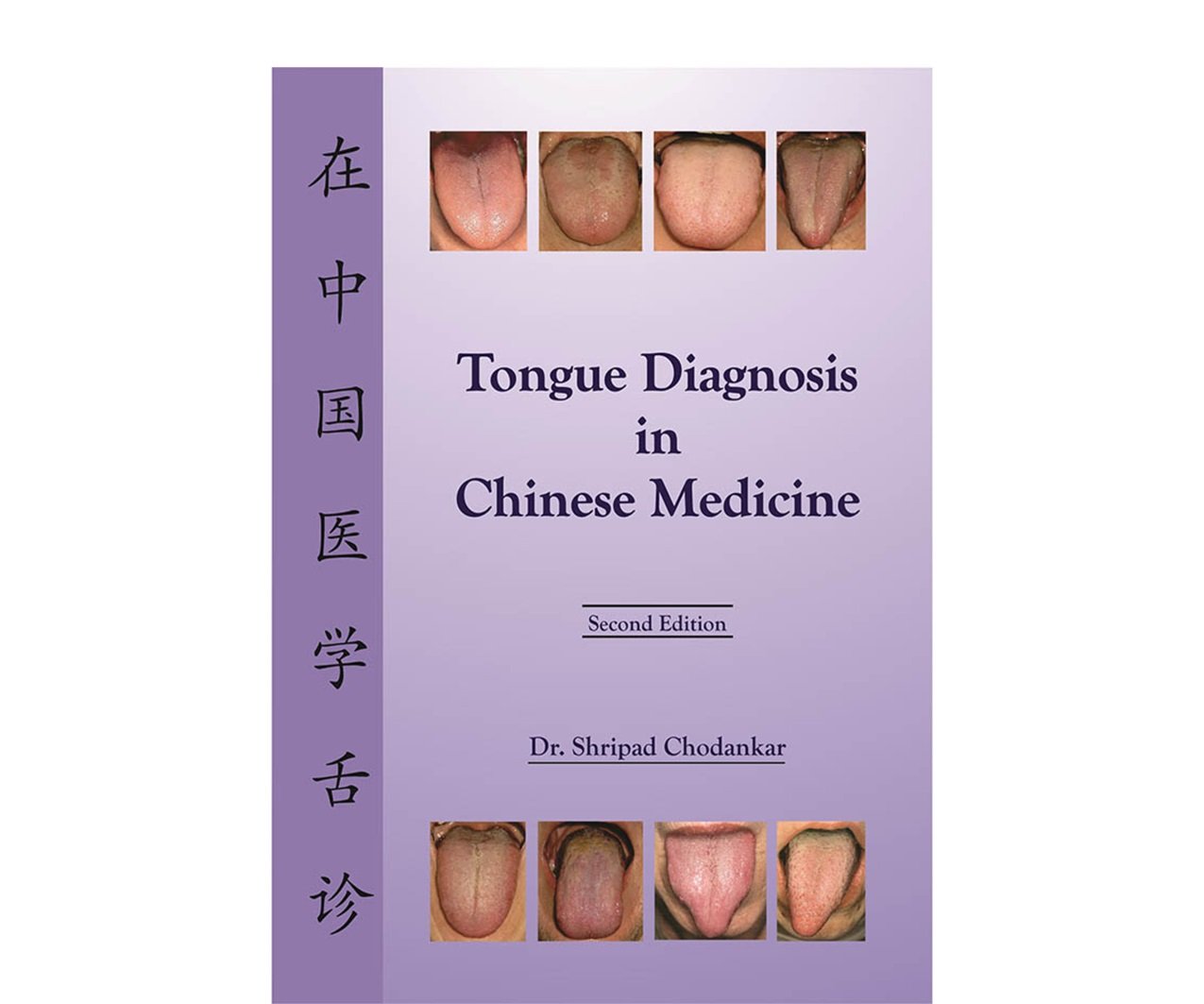
20% Off
Tongue Diagnosis in Chinese Medicine

Trending
Handbook on Tongue Diagnosis

Reader's Choice
Acupuncture for
Infertility
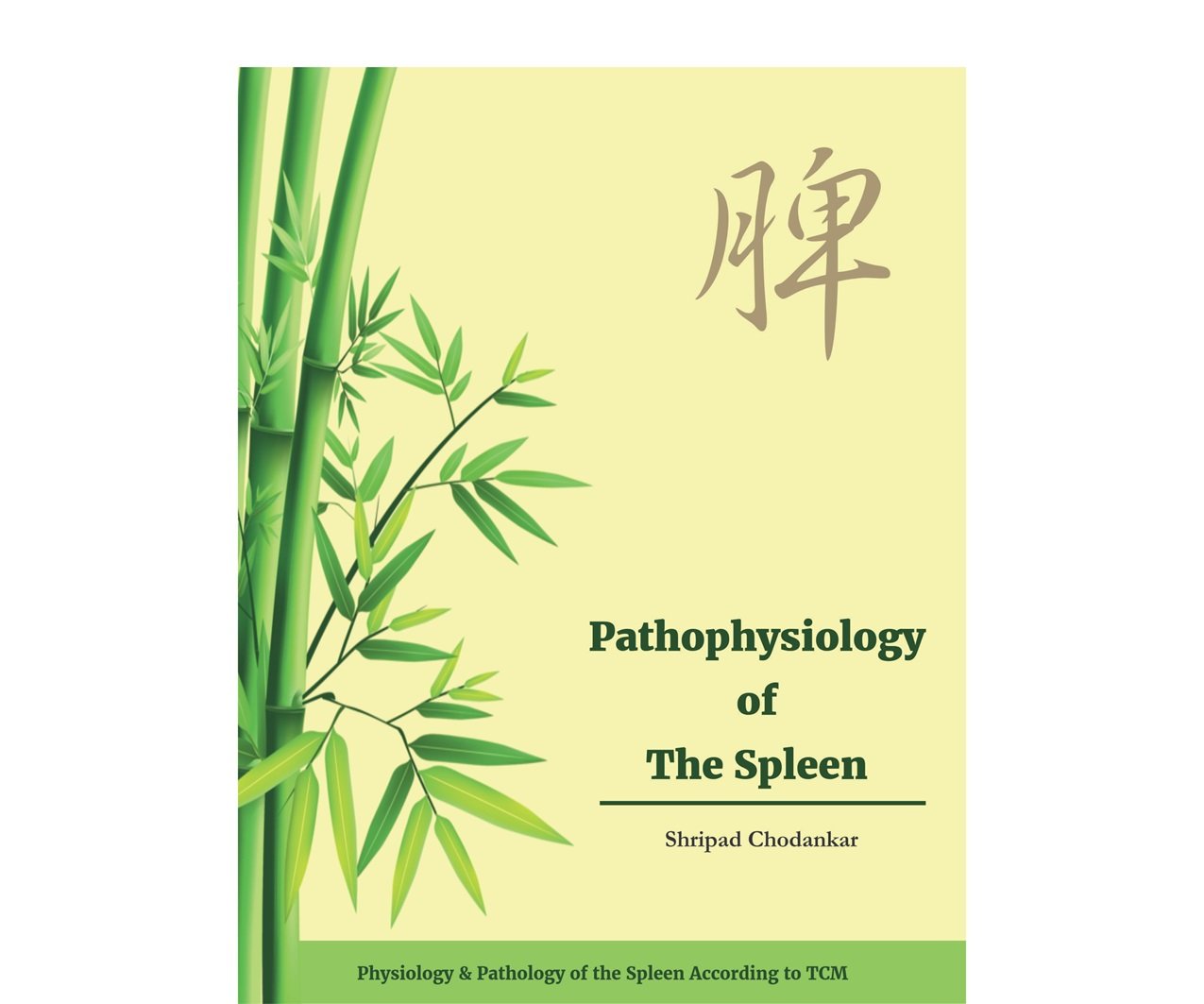
Pathophysiology of
The Spleen

Scalp
Acupuncture
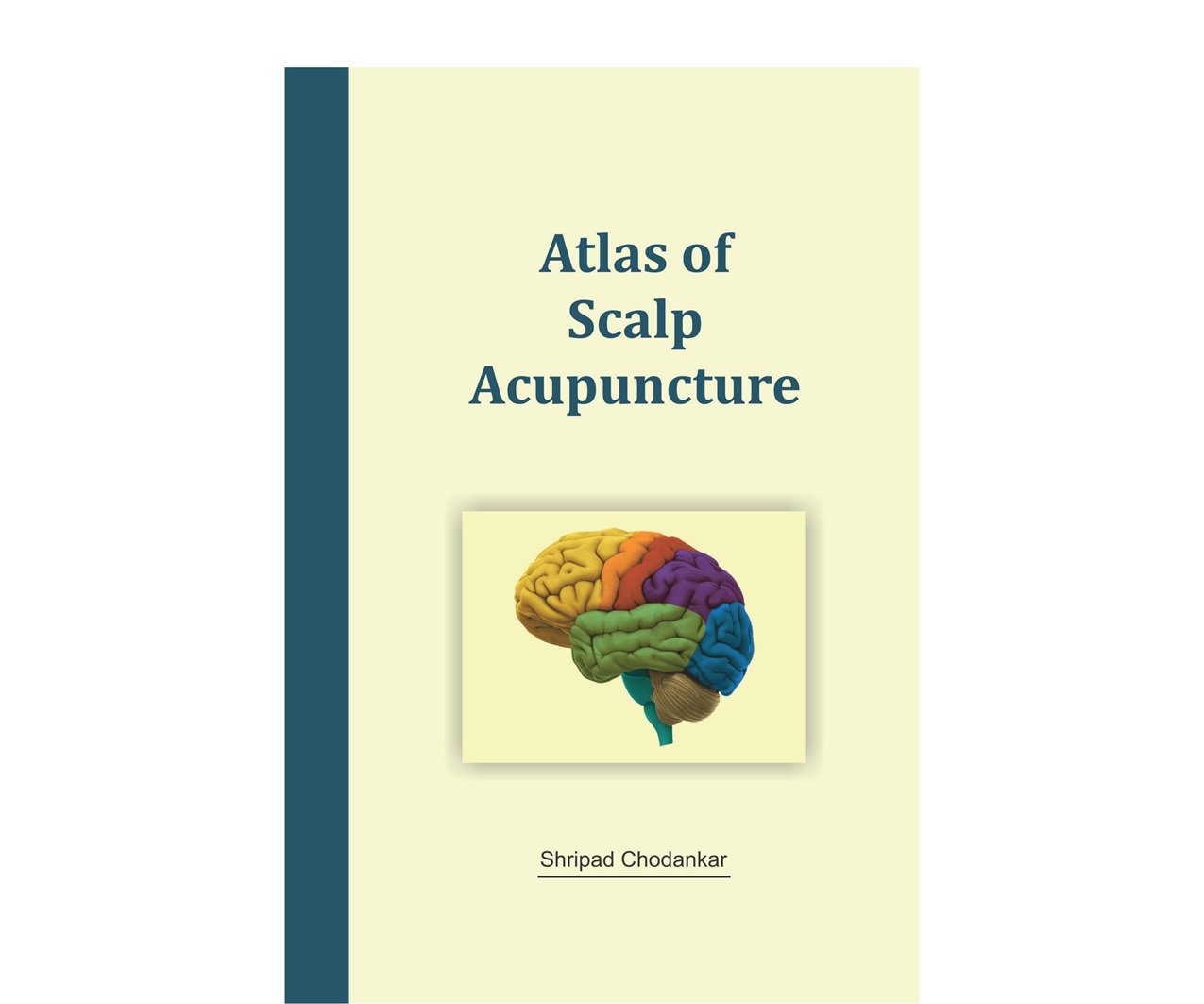
Atlas of Scalp Acupuncture

Mastering
Auriculotherapy
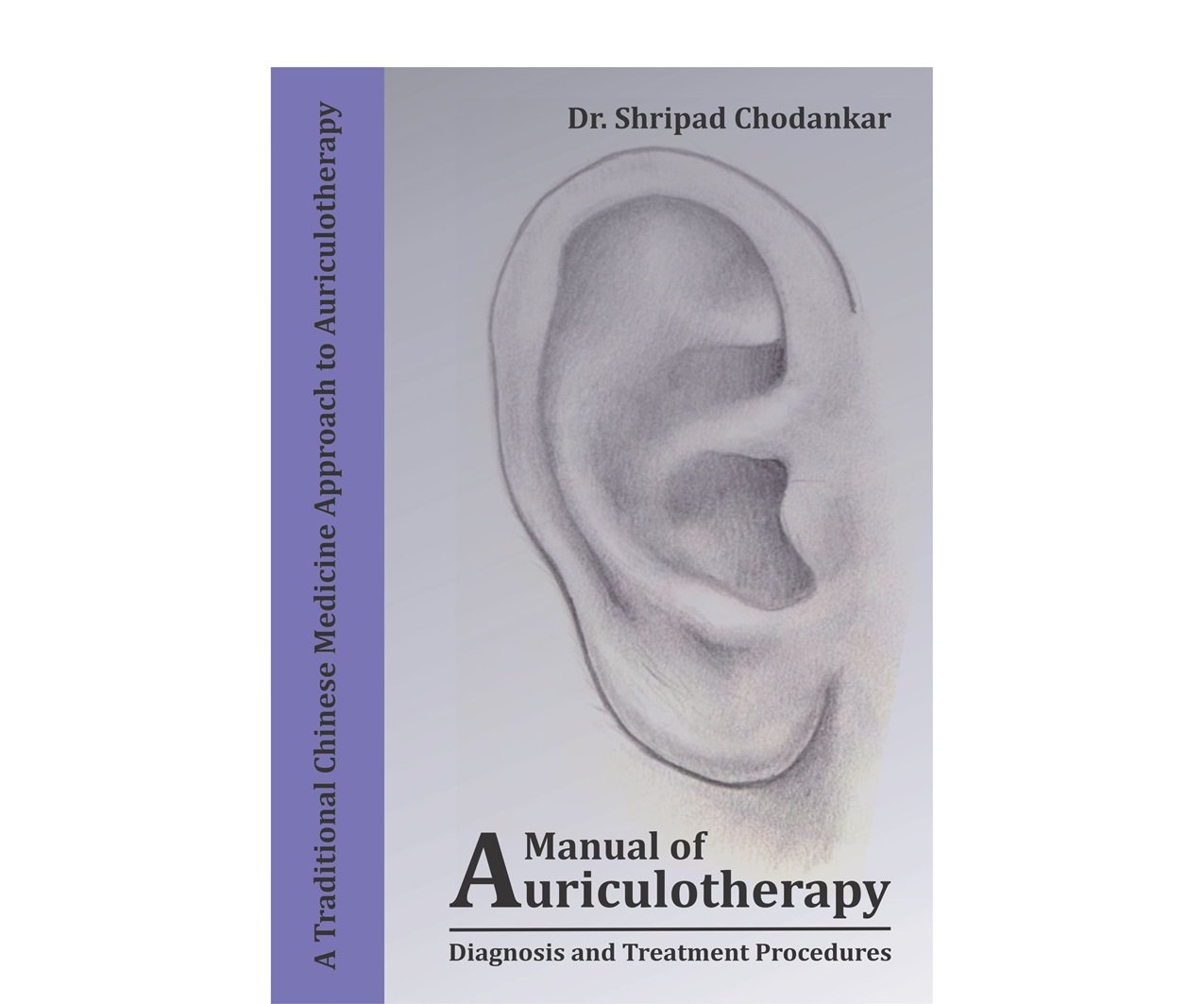
20% Off
Manual of
Auriculotherapy

Trending
Auriculotherapy
Handbook

Mastering
Tui Na

Handbook on
Tui Na
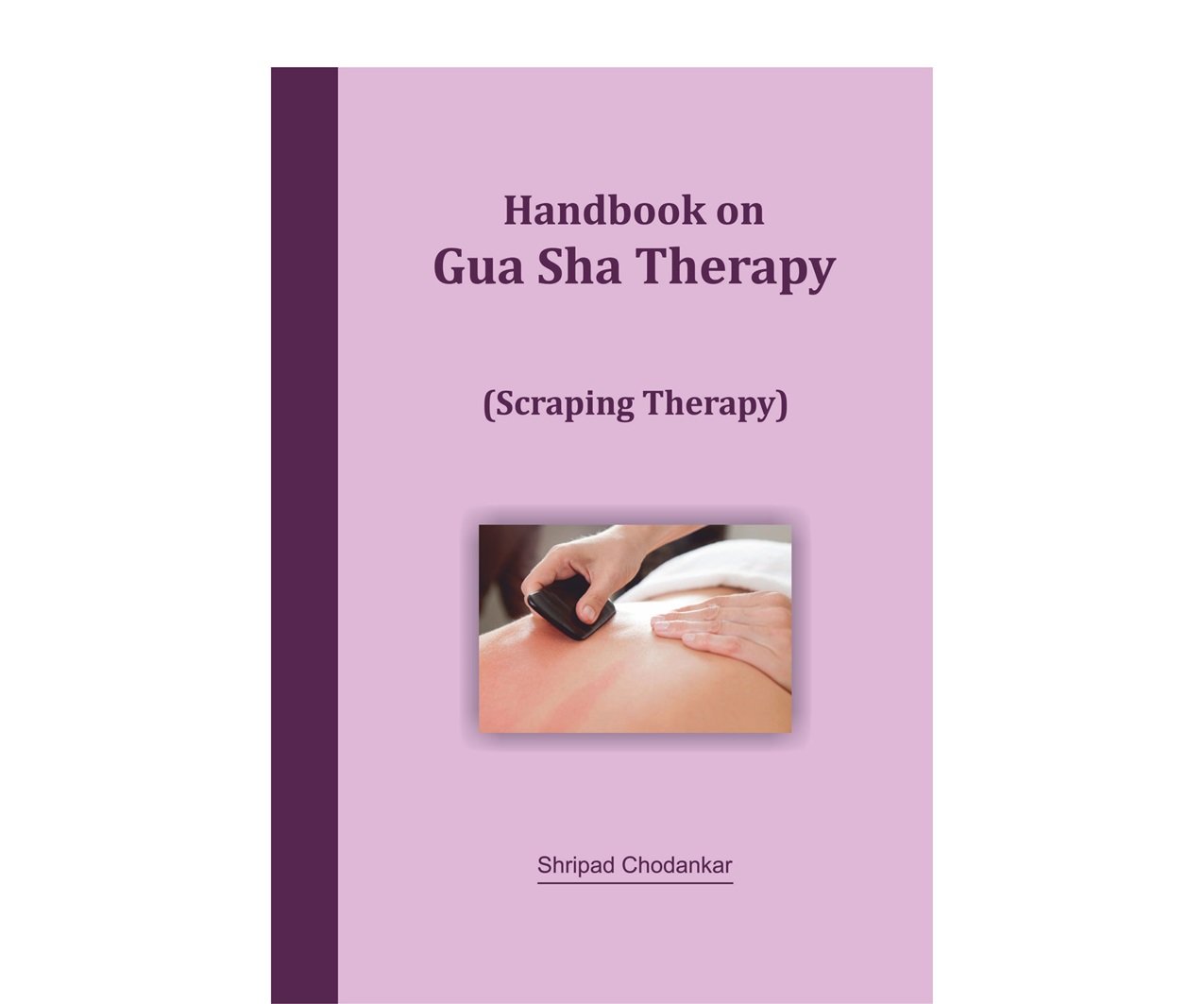
Handbook on
Gua Sha Therapy

Informative Book on Acupuncture
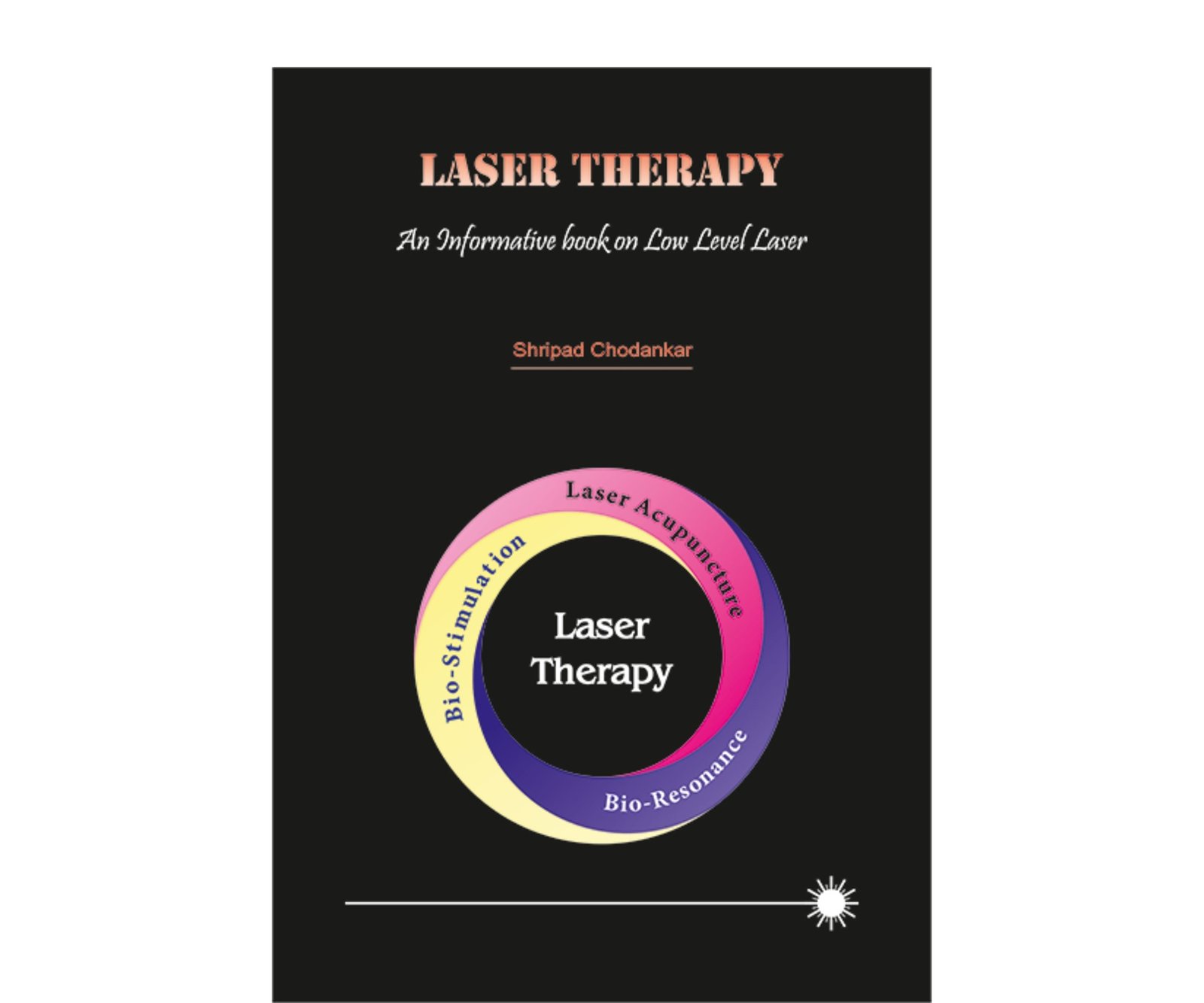
Trending
Laser
Therapy
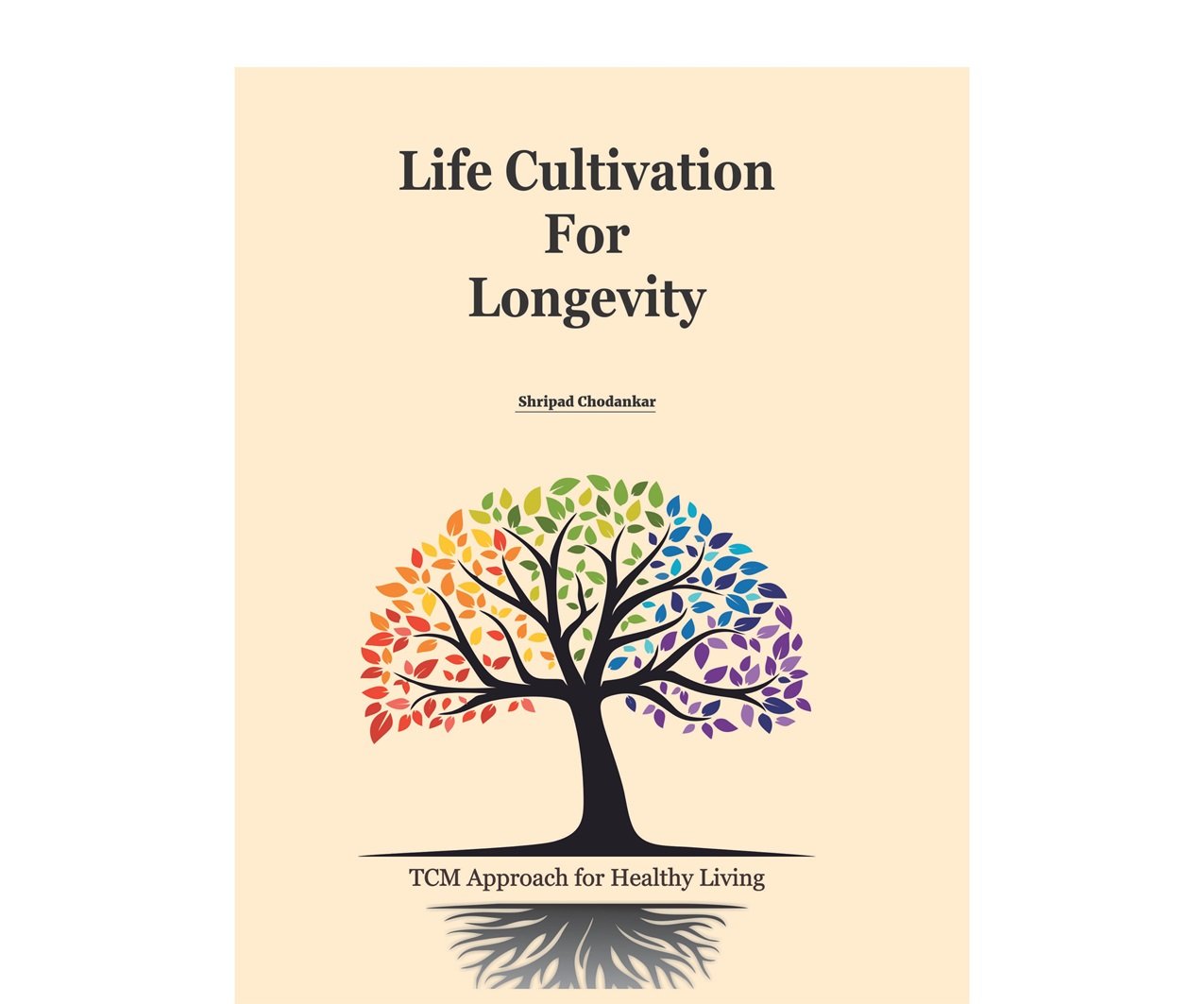
Reader's Choice
Life Cultivation for Longevity
